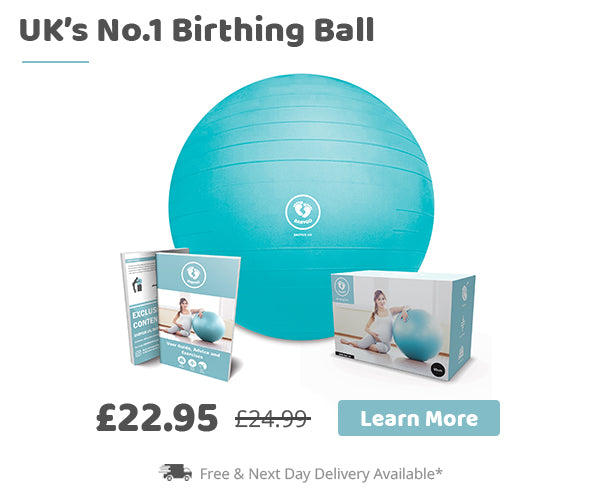
Not all women experience sciatica in pregnancy the same way. Read on to discover the symptoms and find out how BABYGO can help!
What Causes Sciatica Pain in Pregnancy?

As pregnancy progresses, pressure on the sciatic nerve from the weight of your growing baby, can cause inflammation, irritation and pain.
But what creates this pressure?
The release of pregnancy hormones, especially relaxin, cause ligaments and other structures, connecting bones to joints, to become loose and stretched – particularly around the pelvic region. This leads to muscle tension and unstable joints.
Due to the extra pressure your pelvis and hip joints must bear, your baby’s weight can cause:
- SI joint problems
- Pelvic bone pain
- Piriformis syndrome – where one of the buttocks’ muscles does not perform as intended
What are the Symptoms of Sciatica in Pregnancy?
Before we take a look at remedies, it’s important to know what does sciatica pain feel like in pregnancy?
- A sharp, shooting or burning pain that starts in your lumbar region and radiates down to one of your buttocks and thighs.
- Numbness or feeling of pins and needles stinging you in one foot.
- Constant or intermittent pain in either side of your buttocks or leg.
- More difficulty than normal when trying to stand, sit or walk.
- Pain specifically along the sciatic nerve path; i.e. from the buttocks down to your hamstring and foot.
- Constant hip pain, leg pain or pain in one of your buttocks.
What Helps Sciatica Pain during Pregnancy?

The good news - as long as you know how to relieve sciatic pain during pregnancy, you have absolutely nothing to worry about.
Stretches for the lower back work really well to loosen up tense muscles. There are many exercises that can be performed in a standing, sitting and kneeling position, across all three pregnancy trimesters, including specific yoga poses that help provide relief from sciatica.
Furthermore, certain sciatica pregnancy exercises can strengthen the back and abdominal muscles, which can greatly reduce the risk of back pain and injuries.
Swimming, stationary biking and brisk walking are all great options. Swimming in particular can be very beneficial because it can safely and effectively cut down stress that pregnant women feel in their joints and muscles.
Certain sleeping positions during pregnancy can also help with sciatica. Sleeping on your side and using a pillow between your legs, for example, can better align the spine, hips and pelvis – which can help prevent sciatica.
The Best Treatment for Sciatica Pain in Pregnancy

Many leading health experts recommend a birthing ball as one of the best ways to relieve sciatica pain. Here's just a few of the reasons why you should consider a ball to help you during pregnancy:
- Gentle movements and seated ball exercises, can open up an area of the spinal canal, specifically where the sciatic nerve lies.
- Motions with the ball can stimulate muscles, joints and nerves in the hips and pelvis.
- Certain ball positions can gently open up tense muscles around the lower back, buttocks, thighs and pelvis – all ‘areas of interest’ for sciatic pain to take hold.
- Gentle exercises on a pregnancy ball is a great way to remedy any nagging back pain, which if left unchecked, may slowly transition into sciatica.
- And of course, using a pregnancy ball is a fun way to keep active!
Whether you are suffering from lower back pain, pelvic pain or sciatica, continuing an active lifestyle is really important for keeping excessive stress on your body at bay.
The less aches and pains you experience in pregnancy - the more energy you have.
The more energy you have - the happier you will feel!






